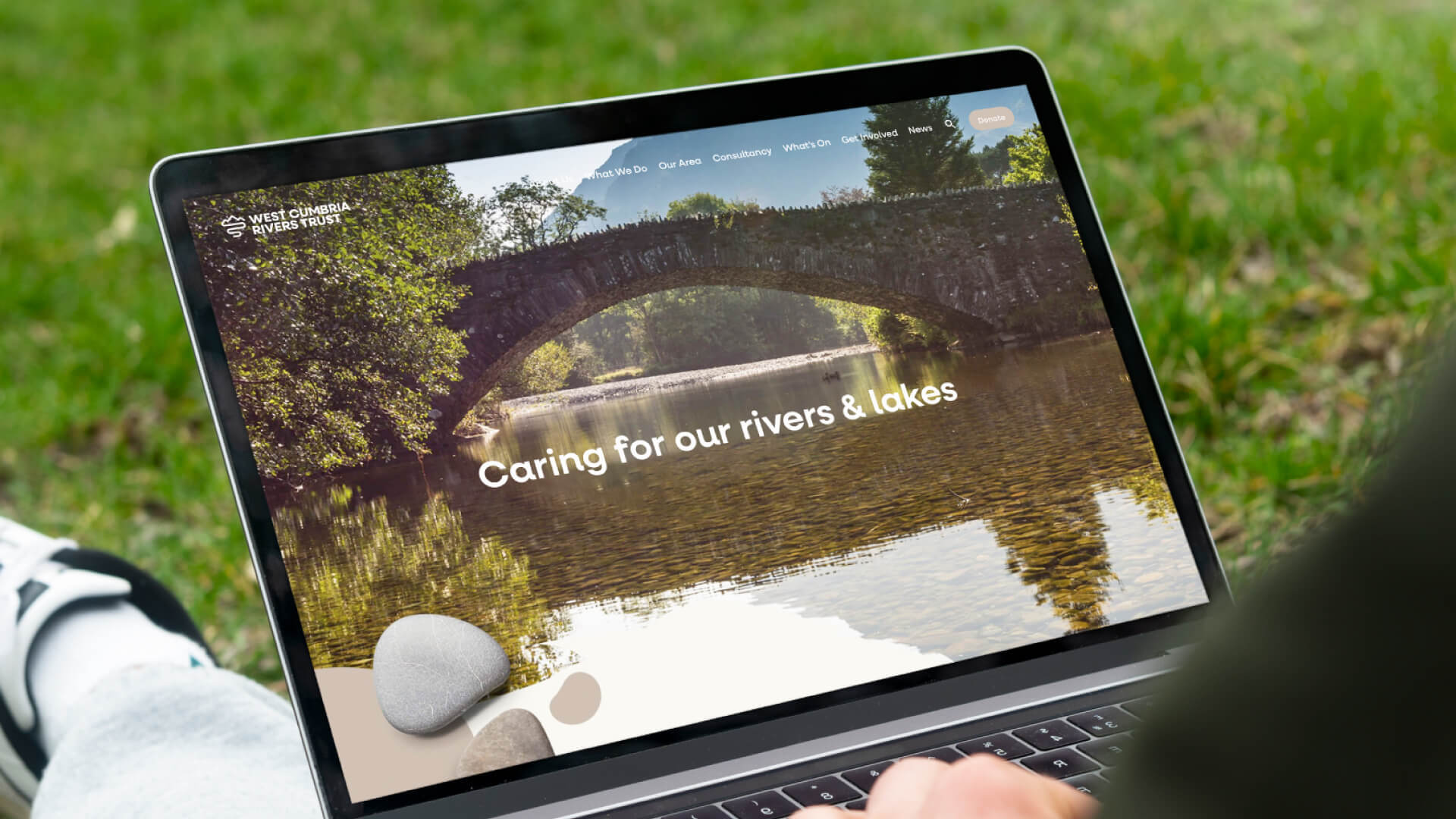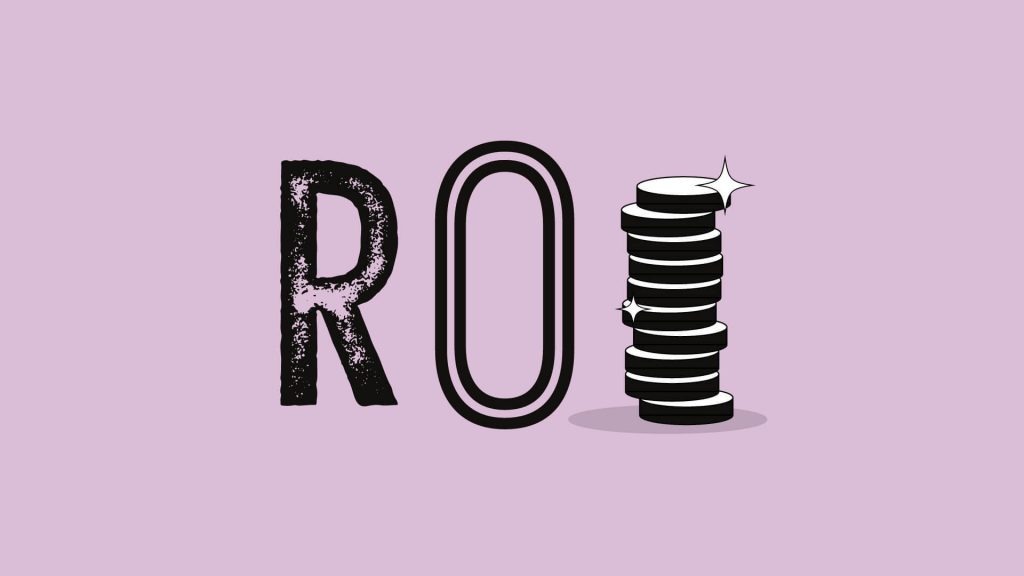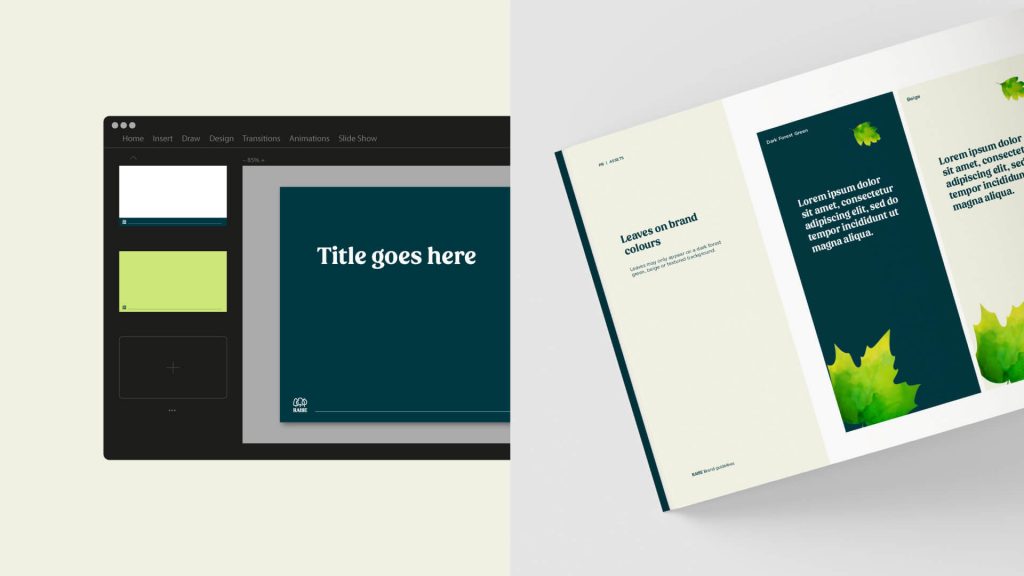
It goes without saying that for most businesses, their website is the main ‘shop window’ or brand touchpoint. It’s the first thing people see and often represents a significant investment. So if it’s not up to scratch or performance is slipping, there’s always that nagging concern that you could be losing out on potential sales.
Deciding when to overhaul your site can be tricky. A common misconception I encounter when chatting with businesses is that a brand new site is the only solution. However, this approach might mean overlooking the real reasons behind your site’s poor performance, leading to unnecessary spending or repeating mistakes from a previous build.
So, how do you know if it’s time to give your website a complete makeover or if a few strategic tweaks can extend its lifespan for a few more years? Here are a few tips of the trade I’ve picked up over the years that might help.
If people are visiting your site but not buying, the problem might be your conversion strategy. Anything from a confusing layout to a complicated checkout process can impact your sales.
Sometimes, a new website design focused on the user journey and implementing a conversion rate optimisation strategy with a clearer call to action can turn things around without requiring a whole new site.
Misalignment with your target audiences can also give the impression your website isn’t working. Making sure your digital marketing and content strategies match the audience you want to attract is critical. All traffic is not necessarily good traffic. Selling bikinis to Eskimos is unlikely to be a profitable enterprise!
High bounce rates are a useful indicator here. Imagine people walking into your store, glancing around, and immediately walking out – that’s what a high bounce rate means for your website. But before starting again from scratch, it’s important to analyse your target audience and review other competitors in your marketplace. Tools like SEMrush and Hotjar can help you understand user behaviour and identify areas for improvement.
Think of this like driving a car that’s so old you can’t find parts for it anymore. If your website is on outdated technology, it’s not just a matter of aesthetics—it’s about security and functionality. In this case, building a new site might be your best bet.
However, it’s worth checking if it is a platform issue or the agency’s decision to withdraw support. This can be a bit of a minefield as agencies sometimes customise supposedly ‘standard’ platforms, so it’s worth taking independent, specialist advice on this one.
Your business is growing or shifting, and your website needs to keep up. If you’re adding a new product or service, a new website might be necessary to showcase these properly. But for minor changes, a reskin or adding new pages might do the trick in the short term while you assess the impact of new business strategies.
Techniques like A/B testing can help you learn about your audience’s reactions to new products before you fully launch a new strategy.
A reskin is like giving your site a fresh coat of paint. It updates your website’s look and feel without changing the underlying structure. This can be a cost-effective way to freshen up and learn about customer response to new services before you make the leap into a new site.
This is a biggie. If your site doesn’t work well on mobile, you’re in trouble. For most businesses, 60% of their website traffic comes from mobile devices (significantly higher if you’re targeting B2C), so it can’t be ignored. But instead of a complete overhaul, you might be able to implement responsive design updates to make yours a more user friendly mobile experience.
A slow website is like a dripping tap; it’s frustrating and tends to only get worse over time. Slow load times can drive potential customers away and hurt your Google search engine ranking, so it’s a double whammy.
Often referred to as your core web vitals, these are measurements of real-world user experience looking at loading performance, interactivity, and visual stability. Improving these metrics will enhance overall user satisfaction and SEO performance.
Tools like Google PageSpeed Insights and SEMrush can help you assess your core web vitals.
Outdated and overloaded API integrations that draw data from a stock control or PMS system can also cause issues. Streamlining these connections often fixes performance issues and makes your site more efficient.
Finally, it’s worth reviewing your hosting solution to ensure it matches your website traffic needs. Upgrading to a more robust hosting service can improve performance without rebuilding your site.
If you’re hearing grumbles about your site’s functionality, take them seriously. When speaking to clients, note as much detail as possible to help your developer identify if the issue is a bug or performance-related. Sometimes, it can be time to cut your losses; however, targeted fixes can address these issues more economically than a full-blown redesign.
Going through a rebrand is exciting, and your website should reflect your new image. But it’s easy to throw the baby out with the bathwater in the excitement of a refreshed identity.
If you have a well-performing site before the rebrand, you might not want to wholesale replace the site but start with replacing key sections and monitoring user behaviour.
Sometimes, updating your existing site’s design and branding elements can achieve the same fresh look without a platform change.
Figuring out whether to replace your website or just make some improvements can feel daunting. But by carefully assessing your site’s issues, you can make an informed decision. Often, a few strategic updates can fix problems more efficiently than a complete rebuild or at least buy you time to assess what needs improving in the new build fully.
So, take a deep breath and start by pinpointing what’s going on with your site. You might find that a new website isn’t the only answer…. alternatively, give us a call!



